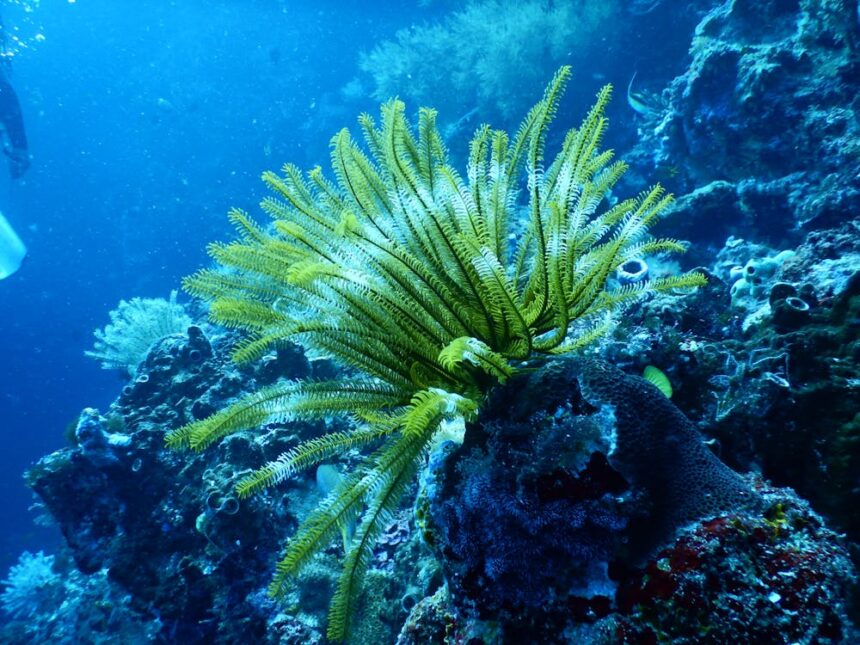Introduction
Imagine an intricate web of life, where every strand plays a vital role in maintaining the balance of nature. At the heart of this delicate web is Antarvacna—a key player in preserving ecological harmony. While often overlooked, these incredible organisms have profound impacts on biodiversity, human activities, and conservation efforts. In this blog post, we’ll uncover the secrets of Antarvacna, their crucial role in our ecosystem, and how we can help protect them for future generations.
Understanding Antarvacna
What is Antarvacna?
Antarvacna may sound like a term straight out of a science fiction novel, but it refers to a group of organisms fundamental to our environment. These organisms are typically microscopic or small in size, yet their ecological impact is immense. They range from tiny insects to microorganisms residing in the soil, each contributing uniquely to maintaining ecological balance.
The Role of Antarvacna in Ecological Balance
Antarvacna plays multiple roles in the ecosystem. Firstly, they act as decomposers, breaking down organic materials and recycling nutrients back into the soil. This process enriches the soil, making it fertile and conducive to plant growth. Secondly, they serve as a food source for various animals, creating a foundation for the food web. Lastly, they contribute to pollination, helping plants reproduce and sustain biodiversity.
Why Should We Care?
Understanding and appreciating the role of Antarvacna is crucial for anyone interested in environmental health. These unsung heroes ensure that ecosystems function smoothly. Without them, nutrient cycles would be disrupted, food webs would collapse, and biodiversity would suffer. Recognizing their importance can inspire us to adopt practices that protect and preserve these essential organisms.
The Impact on Biodiversity
Supporting Wildlife Diversity
Antarvacna is a linchpin in supporting wildlife diversity. By decomposing organic matter, they enrich the soil, promoting plant diversity. A diverse plant population, in turn, supports a wide range of herbivores, which attract predators. This cascading effect makes Antarvacna vital for maintaining a balanced and healthy ecosystem.
Influencing Habitats
Different species of Antarvacna create microhabitats that support various forms of life. For instance, certain soil-dwelling microorganisms release nutrients that benefit root systems, aiding plant growth. Other Antarvacna species might help in aerating the soil, making it more favorable for organisms that require oxygen. These microhabitats are integral for sustaining varied life forms, from plants to animals.
Indicators of Ecosystem Health
Antarvacna are excellent indicators of ecosystem health. A thriving population of these organisms often signifies a well-balanced and healthy environment. On the flip side, a decline in their numbers can be an early warning sign of environmental stress or degradation. Monitoring Antarvacna can provide invaluable insights into the overall health of an ecosystem.
Human Interactions and Effects
Positive Impacts
Human activities can positively impact Antarvacna through sustainable agricultural practices. Techniques like crop rotation, organic farming, and reduced chemical use can create environments where Antarvacna thrive. Educational programs aimed at farmers and gardeners can help spread awareness about the importance of these organisms.
Negative Impacts
Unfortunately, not all human interactions benefit Antarvacna. Deforestation, pollution, and excessive use of pesticides can devastate their populations. Urbanization and habitat destruction pose additional threats. When it’s populations decline, the ripple effects can be felt throughout the ecosystem, affecting everything from soil fertility to wildlife diversity.
Balancing Act
Finding a balance between human activities and preserving Antarvacna is essential. This involves adopting eco-friendly practices, supporting conservation initiatives, and making conscious choices that minimize environmental harm. Educating communities about the repercussions of their actions can also make a significant impact.
Conservation Efforts
Ongoing Strategies
Various organizations are actively working to protect Antarvacna and their habitats. Conservation strategies include habitat restoration, legal protection for endangered species, and research initiatives aimed at understanding these organisms better. Public awareness campaigns also play a crucial role in these efforts.
Proposed Initiatives
Future conservation efforts could focus on creating protected areas specifically for Antarvacna-rich environments. Implementing stringent regulations on pesticide use and promoting organic farming can also help. Encouraging citizen science projects where people can contribute to monitoring and protecting these organisms is another promising approach.
The Role of Technology
Technology can be a game-changer in conserving Antarvacna. Advances in remote sensing, data analytics, and ecological modeling can provide deeper insights into their populations and behaviors. These technologies can help scientists develop more effective conservation strategies and monitor their impact in real time.
Conclusion
Antarvacna may be small, but their role in our ecosystem is monumental. From supporting biodiversity to maintaining soil health, these organisms are indispensable. However, they face numerous threats from human activities. By understanding their importance and participating in conservation efforts, we can help ensure that Antarvacna continues to thrive, preserving the delicate balance of nature.
Your actions can make a difference. Join the movement to protect it and share this knowledge with others. Together, we can safeguard our environment for generations to come.



